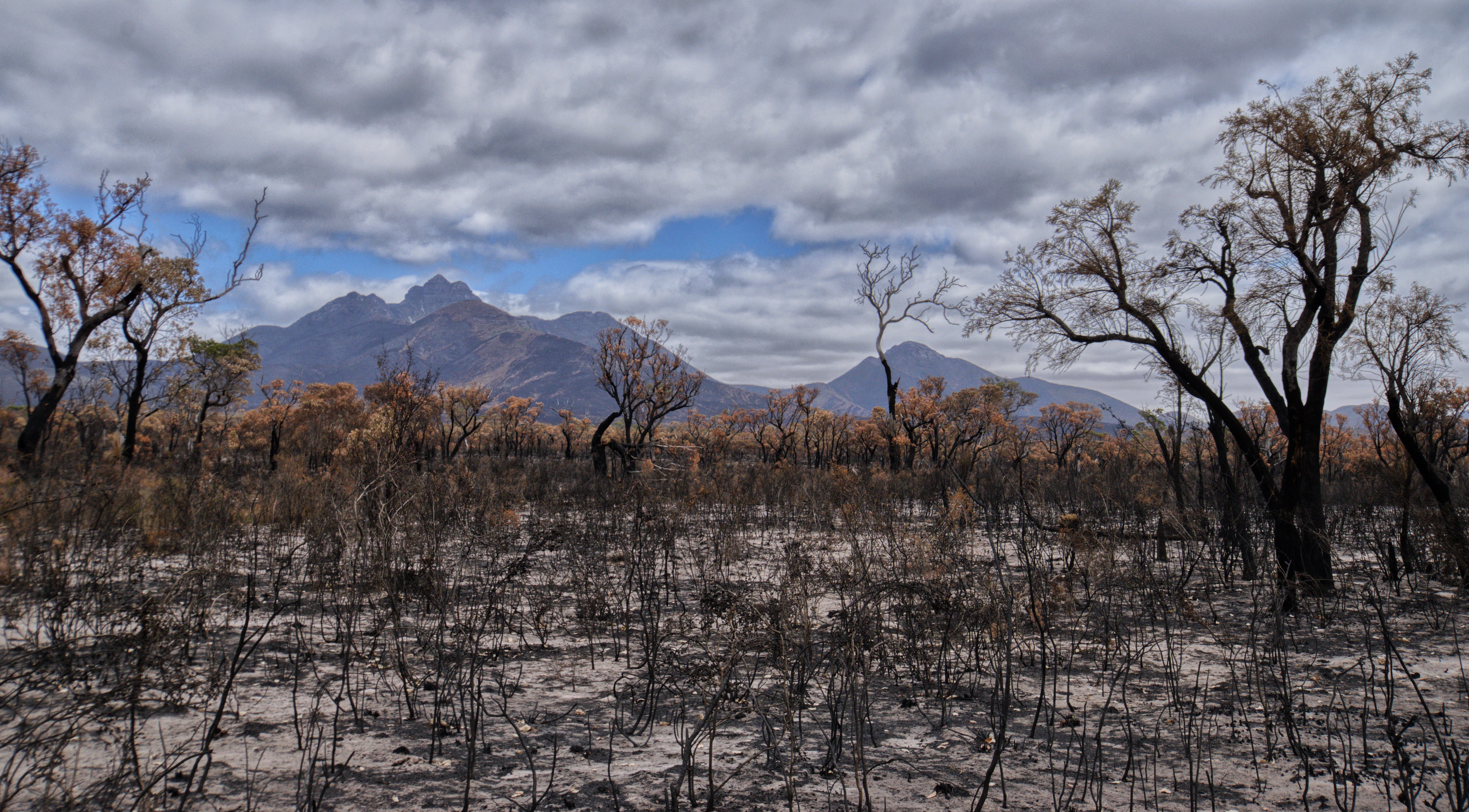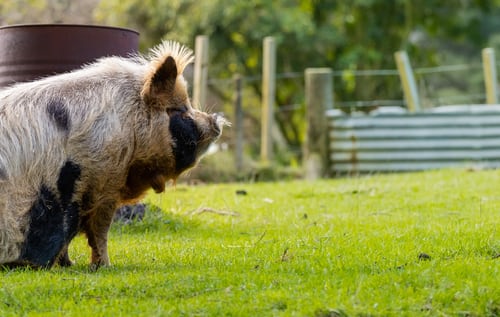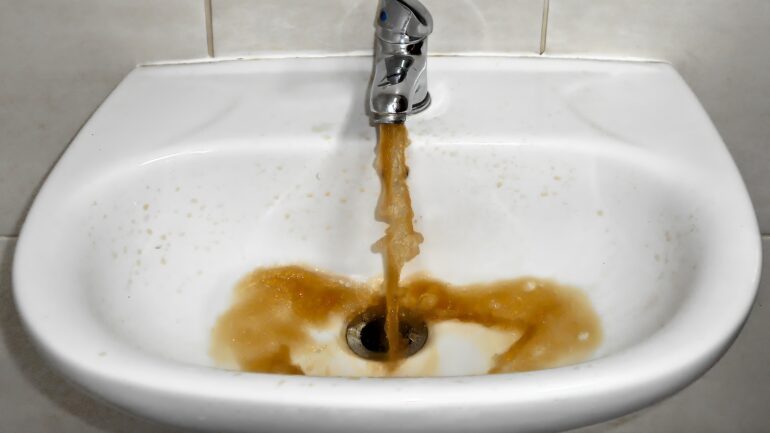By April Day, Publishing Director for Save The Water™ | March 8, 2020
Bushfires: Ways to Water
Australians survived 240 days of wild bushfire. After the flames are gone, what’s next? Water. Above all, people need water. But the flames didn’t only destroy around 3,000 homes, affect up to a billion animals, and kill 28 people. It also polluted the water. Ash pollutes the air and finds its way into water. After the flames are gone, several effects can harm water. We will focus on two ways that the fires could continue to harm human health by polluting water after the fires are out: nutrients and chemicals.
Chemicals Can Pollute Water After a Bushfire
In addition to releasing nutrients, fire can cause a chemical reaction that releases chemicals into the air. Some think that melting plastic is a key culprit of such pollution. But no one is sure. At any rate, then, these chemicals get into the water.
Among the chemicals that are released into the air through vegetation fires, volatile organic compounds (VOCs) pose a threat to human health. For example, California authorities found the carcinogen benzene, a VOC, in water supplies after the 2018 Camp Fire, which was the most destructive wildfire in California history at that point.
After discovering the benzene in its water supply, the California town of Paradise aimed to replace 500 service lines that had been polluted. As a result, they would have to pay several million dollars. Although there wasn’t a standard for testing for water pollution after wildfires, Paradise and another city in California (Santa Rosa) let water sit in water pipes for 72 hours to see what contaminants collected after a wildfire. In addition, Paradise added 65 other VOCs for testing to make sure the water was safe to drink. Until that point, this wasn’t part of standard water testing.
Before the authorities tested the water, a resident complained of bad smelling water and it prompted the tests to begin. Smell your water. Stay safe!
Long Term Effects of a Bushfire: Nutrients Released by Fire Can Pollute Water
Fire can start chemical reactions. Thus, it releases chemicals into the air that wouldn’t be there otherwise. Then, these chemicals fall out of the air into the water, directly or through rain. Also, nutrients from soil can run off into water. Some nutrients, such as phosphorus and nitrogen, can crowd rivers and lakes. In other words, they change the chemical makeup of the water. You can read more about how that happens here.
In turn, such a change can lead to algal blooms which suffocate plants and fish. In other words, harmful algae, a certain water vegetation, becomes overgrown. The harmful algae blocks the sun, causing other plants to die. Also, the harmful algae make it so the fish cannot breathe. In addition, people can also become sick if they swim in or drink water from waterways with an algal bloom. Read more about algal blooms here. To be clear, you can’t boil the water to make it safe if there is blue-green algae; you could release more toxins into the water. Stay safe!
What You Can Do
The Australian authorities set up responses to water effects of the bushfire. But you can do these three things after a bushfire to help make water safe to use:
- You can set up a water quality monitoring program through a community group to see how water near you is affected by a fire. Find out more about community groups here.
- You can join an existing water quality monitoring group to collect information about the water quality after a fire.
- According to the New South Wales government, you can boil rainwater after a bushfire to use it for cooking.
References
- Jack Guy. After more than 240 days, Australia’s New South Wales is finally free from bushfires. March 3, 2020. CNN. https://edition.cnn.com/2020/03/03/australia/new-south-wales-fires-extinguished-scli-intl/index.html
- Australian Government Initiative. Water Quality Australia: Bushfires and water quality. https://www.waterquality.gov.au/issues/bushfires
- Blue-Green Algae Bloom. Services de sante du Timiskaming Health Unit. http://www.timiskaminghu.com/351/Blue-Green-Algae-Bloom
- NSW Government. Rainwater and bushfires. https://www.health.nsw.gov.au/environment/water/Pages/rainwater-bushfires.aspx
- Paolo Cicciolo, et al. August 2014. “Biogenic volatile organic compound emissions from vegetation fires.” Plant, Cell & Environment, 37(8). https://www.ncbi.nlm.nih.gov/pmc/articles/PMC4265192/
- Elizabeth K. Wilson. April 30, 2019. “Benzene found in the water supply of fire-ravaged Paradise, California.” c&en Chemical & Engineering News. https://cen.acs.org/environment/water/Benzene-found-water-supply-fire/97/web/2019/04
- Tony Bizjak. April 18, 2019. “Rare toxic cocktail from Camp Fire is poisoning Paradise water. It could cost $300 million to fix.” The Sacramento Bee.
https://www.sacbee.com/news/local/environment/article228969259.html





